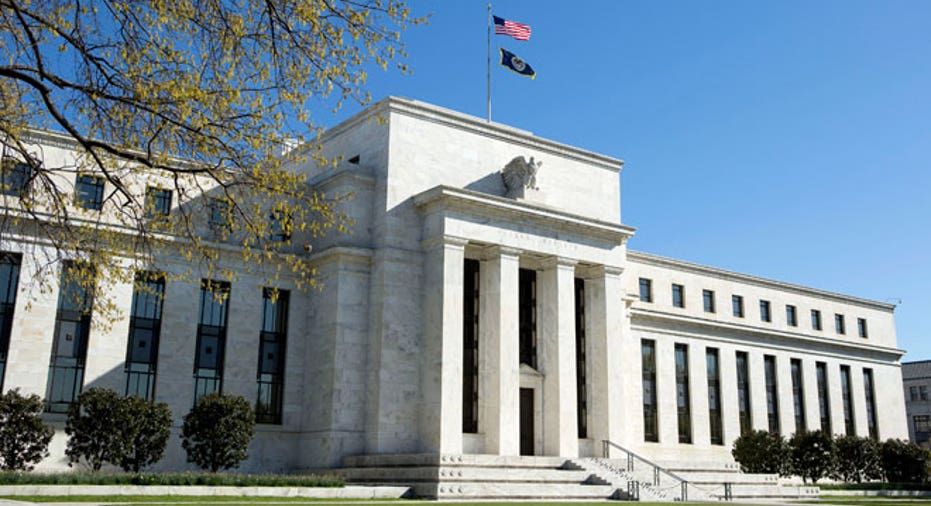Next Fed Chairman? It's All About the Tapering

The identity of the next chairman of the Federal Reserve may still be a mystery. But the job description facing that chairman isn’t.
Lawrence Summers’ abrupt exit Sunday from the contest to lead the central bank added a bit of drama to the process, leaving room for much speculation as to who will get the nomination now that President Obama’s apparent favorite is out.
It really doesn’t matter.
Whoever it is – Janet Yellen, Donald Kohn, or even current chairman Ben Bernanke – will preside over the delicate unwinding of the Fed’s unprecedented interventionist policies initiated over the past five years as the U.S. has struggled through the worst economic crisis since the Great Depression.
Delicate because the Fed needs to balance the winding down of its easy-money policies, timing each decision against the threat of inflation if stimulus programs stay in place too long and, conversely, disrupting the limited progress that has been achieved.
That unwinding will likely begin Wednesday, when the Fed concludes its two-day September meeting of the Federal Open Market Committee with an announcement that will almost certainly include plans to begin scaling back the central bank’s $85 billion a month bond purchase program known as quantitative easing.
The announcement, scheduled for 2 p.m. Wednesday to be followed by a press conference with Bernanke, is one of the most anxiously awaited Fed decisions in recent memory.
“A lot of attention will be paid to the first move,” said David Kelly, chief global strategist at JPMorgan Funds.
No question about that. Stock and bond markets have risen and fallen for months on endless speculation over when and how the Fed will start moving toward ‘normalization,’ or a U.S. monetary policy that doesn’t include near-zero interest rates and quantitative easing.
Stock markets tumbled and bond yields surged in June when Bernanke first laid out a hypothetical timetable for tapering bond purchases, suggesting September as a starting date. Since then investors seem to have adjusted to the notion of an end to stimulus as well as the timing.
Kelly said investors on Wednesday will not only be watching for confirmation of so-called tapering, they will also be closely watching by how much the Fed reduces monthly bond purchases. The reaction will likely depend on the size of the reduction in purchases.
“The current pace of bond purchases is $85 billion per month and markets may react to whether the first step down is to $80 billion, $75 billion or $70 billion,” he said.
In addition to phasing out quantitative easing, the Fed is also expected to provide guidance as to when and how it will begin raising interest rates above the near zero range where they’ve sat since December 2008.
Kelly said Bernanke will have to take extra care to explain to investors that scaling back bond purchases is not a signal that interest rates will soon be moving higher.
“The language used by Mr. Bernanke will also be important in the short run as he tries to convince markets that QE tapering isn’t the same as monetary tightening,” he said.
The dilemma facing the Fed on that front is as follows: Bernanke has made it clear that the Fed has no intention of raising the fed funds rate – the short-term rate banks charge each other – until the unemployment rate hits a threshold of 6.5%.
But the unemployment rate has been falling for months not because more jobs are being created but because large numbers of Americans are leaving the workforce each month. Between July and August, when the unemployment rate fell to 7.3%, an estimated 312,000 people left the workforce.
The Fed now has to decide whether the unemployment rate is falling for the right reasons and whether that decline justifies taking the big step of raising interest rates for the first time since the darkest days of the fiscal crisis.
The attention that’s been focused on tapering has been intense but it will pale in comparison to the frenzy that will precede an announcement of rate hikes.
But that’s still a long way off. Bernanke has said the 6.5% unemployment rate is a threshold rather than a hard target and analysts believe that threshold could be lowered if Fed policy makers – including whoever happens to be Fed chief at the time – conclude that unemployment is falling for the wrong reasons.
For now, anyway, it's all about the tapering.



















